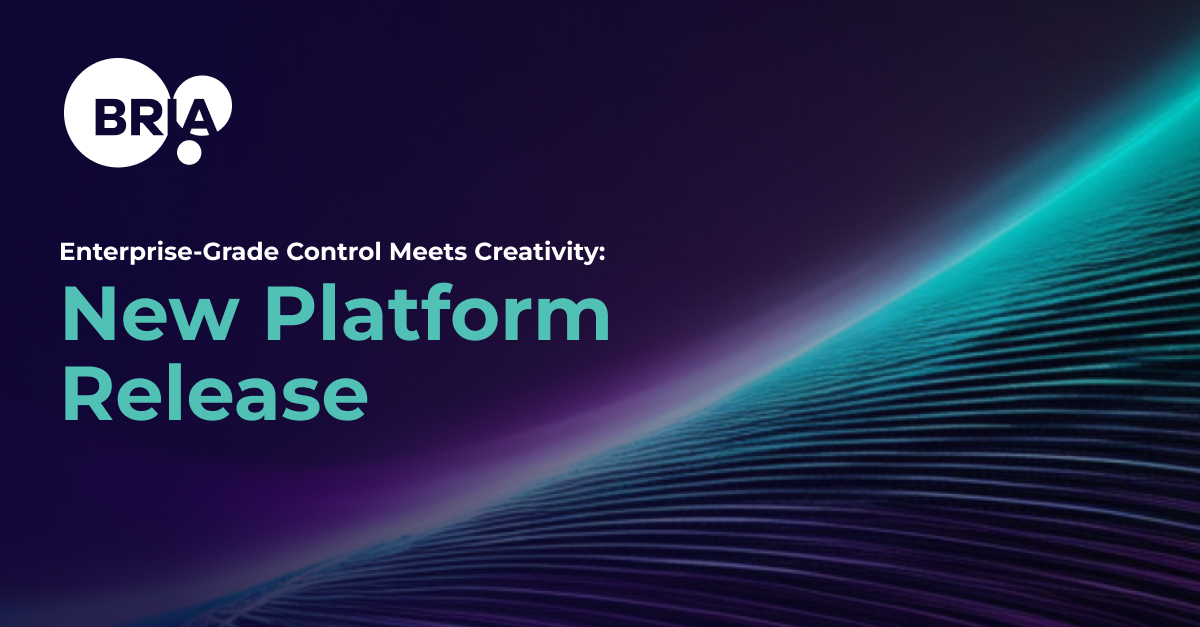Quantifiable Benefits Over Binarization
Moving to soft alpha matting delivers concrete gains across the imaging pipeline.
- Sub-pixel edge fidelity means thumbnails look razor-sharp and product cut-outs lose the telltale halo.
- Natural defocus and motion blur are preserved, so video frames blend smoothly and still images mimic DSLR bokeh.
- Correct light transmission through glass bottles, acrylic signs or wedding veils is maintained, letting scene lighting feel consistent even after a backdrop swap.
- Layer-friendly compositing becomes straightforward: VFX artists or creative-ops teams can grade foreground and background independently without edge artifacts.
- Lower retouching budgets follow. Surveys of large studios report time savings of roughly one-third compared with binary-mask workflows.
When You Should Still Go Binary
There are a few specialised scenarios where a hard mask remains preferable:
- Industrial inspection or metrology, where each pixel must be classified yes/no for precise measurement.
- Severe memory constraints on microcontrollers handling camera frames of only a few hundred kilobytes.
- Extreme motion-blur footage for which no reliable training data or trimap information is available.
Everywhere else — e-commerce, AR try-ons, social filters, film VFX — full-range alpha wins hands-down.
Switching from binary masks to full-range alpha mattes brings the same step-change in quality that HDR did for photography. With modern open-source solvers and production-proven models like Bria RMBG 2.0, there is little reason not to ship a 0–255 alpha pipeline in 2025. Your designers, merchandisers, and — most importantly — your end users will notice the difference.


 Michael Feinstein
Michael Feinstein




